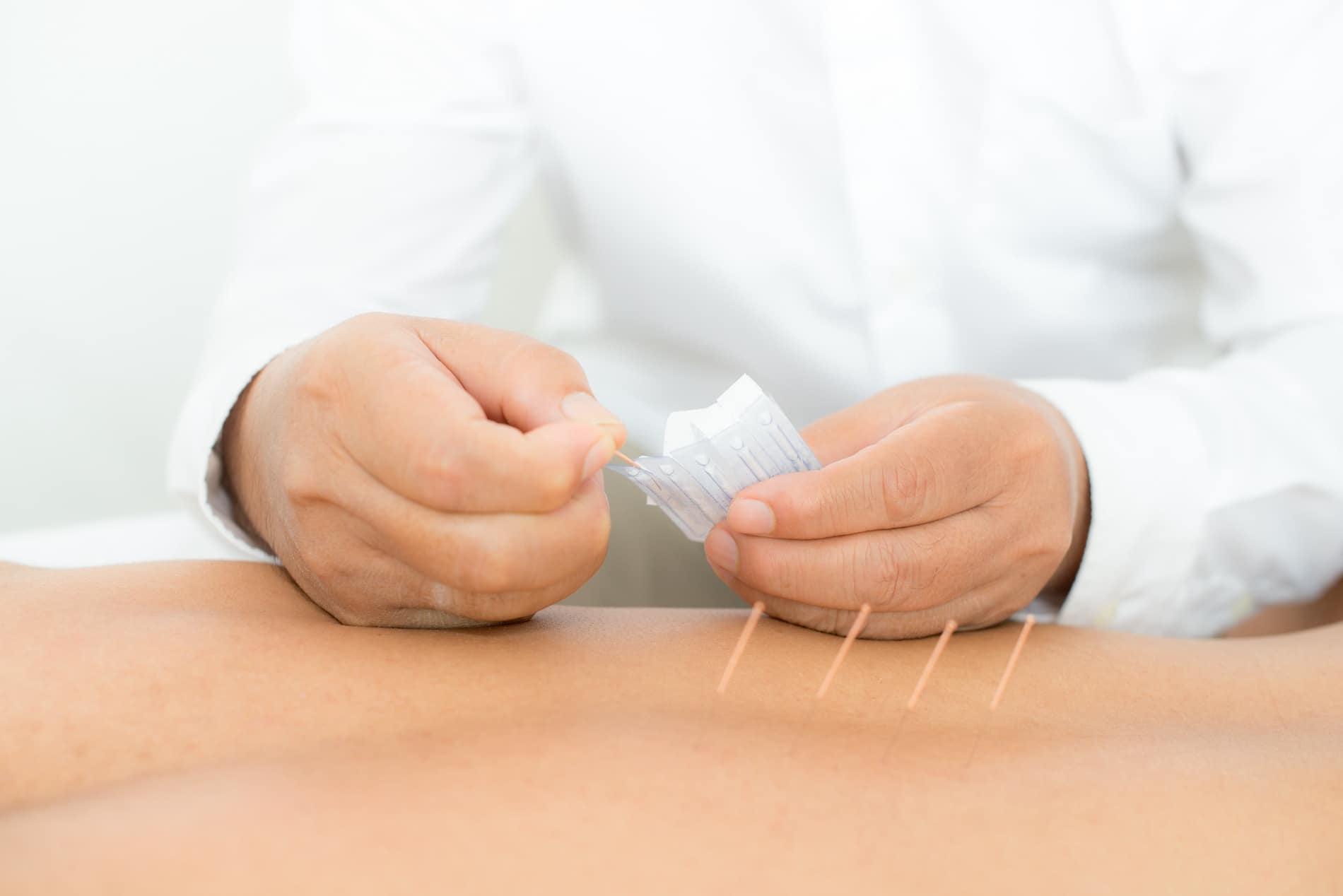FAQ

Common Questions – Acupuncture
Here are answers to the frequently asked questions Dr. Perez gets about acupuncture. If your question is not below, please ask Dr. Perez and he will get back to you promptly with the answer.
> ARE ACUPUNCTURISTS DOCTORS?
> HOW DOES ACUPUNCTURE WORK?
The body communicates with itself in two main ways: 1.) electrical signals through the nerves, and 2.) endocrine or immunological factors circulating in the blood. Through centuries of practice, Chinese physicians have figured out methods using tiny needles to change the signals flowing across these pathways. By influencing how a patient’s body communicates internally, acupuncture can be an effective treatment for many conditions.
> WHAT CAN ACUPUNCTURE TREAT?
Acupuncture is particularly effective for pain control, musculoskeletal issues, and regulating neurological symptoms (including the autonomic nervous system). Acupuncture can also help calm the mood and settle the mind of people experiencing anxiety. There is even a recent study by scientists in Australia that suggest acupuncture can help prevent prediabetic patients from developing type 2 diabetes.
> DO ACUPUNCTURE NEEDLES HURT?
> IS ACUPUNCTURE SAFE?
Acupuncture has been deemed very safe. Those licensed to practice acupuncture are required to pass certification exams on clean needle technique and needle safety. The width of an acupuncture needle is fractions of a millimeter. In fact, roughly 12 acupuncture needles can fit within the bore of the typical needle used to draw blood. Though this depends on the site of insertion, the majority of the needles are inserted, at most, only about a centimeter into the muscle tissue and/or fascia (the fibrous outer sheath of muscles). Internal organs, blood vessels, or nerves are never penetrated. This makes acupuncture less invasive and, in fact, safer than a blood draw, biopsy, or fine needle aspiration. The main side effect is bleeding or bruising, which occurs only rarely and not to a significant degree.
> ARE ACUPUNCTURE NEEDLES STERILE?
All acupuncture needles I use are single-use stainless surgical steel filiform needles. They come in prepackaged sterilized containers. The risk of infection is actually less than if you scratched yourself with your own fingernail.
> HOW MANY ACUPUNCTURE TREATMENTS ARE NEEDED?
No acupuncture treatment plan is meant to be indefinite. However, acupuncture is seldom a “one and done” procedure. The number of treatments needed varies from case to case, depending on the patient’s issue, underlying constitution, and the timing of the treatments, particularly at the beginning of the treatment protocol. Studies have shown that it could take up to 12 treatments before seeing a long-lasting positive effect. In my experience treating patients with acupuncture, positive change in symptoms begins happening within one or two treatments. The body knows how to heal itself. At the outset, it might need some assistance or a reminder in what direction to go. But the eventual goal is that the patient’s body will be able to support and heal itself.
> WHAT SHOULD I EXPECT IN AN ACUPUNCTURE SESSION?
Your first appointment will take approximately 90 minutes. It consists of an initial 30-minute consultation and then a 60-minute treatment session. Follow-up appointments are 60 minutes, at most. After the medical interview and focused physical assessment, including an examination of your pulse and tongue, your acupuncture treatment will begin. The treatment happens either on a massage table or in a zero-gravity chair. The most frequently used acupuncture points are on the forearms and lower legs, followed by the back and abdomen. If any mind-body practices are also part of the treatment plan, I will demonstrate them at the end of the session.
> HOW SHOULD I PREPARE FOR MY ACUPUNCTURE TREATMENT?
Please remember to wear loose-fitting clothes. Undressing is generally not necessary (aside from removing socks and shoes). Gowns are available in the event a portion of your legs or back are unreachable without removing clothing. There are no firm requirements on what to do before the treatment nor are there any restrictions on what can be done after the treatment. I recommend, though, that my patients eat and to use the restroom before the sessions begin.
> CAN A CHILD HAVE ACUPUNCTURE?
Patients under 13 years of age are generally not needled, though there can be exceptions depending on the case and preference of the patient and family. Instead of needles, I can use acupressure point massage, cupping, and gua sha (gentle scraping of the skin) if it is necessary for the child’s condition. The mainstay of pediatric treatment, actually, is herbalism, which has shown to be effective for a variety of childhood concerns.
Dr. Dan Perez is both a Western-trained physician and a graduate of the AOMA Graduate School of Integrative Medicine. Based in Austin, Texas, AOMA is recognized as one of the leading schools in Chinese Medicine. Being both an expert in Western medicine and Chinese medicine, Dr. Perez offers his patients natural, minimally invasive and integrative medical options for treating a variety of chronic medical conditions. If you would like to know more about how Dr. Perez can help with your health and well being, contact him today. You can contact Dr. Perez at his office, located just off of Bee Cave Road in northwest Austin (near Lakeway), for more information or to book an appointment.
Join the Yi Guan Newsletter List!
Sent out just once a month, the newsletter keeps you informed about acupuncture, herbalism and special offers at Yi Guan Acupuncture and Chinese Medicine.
